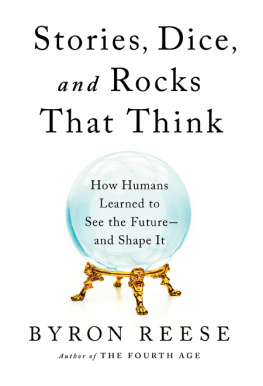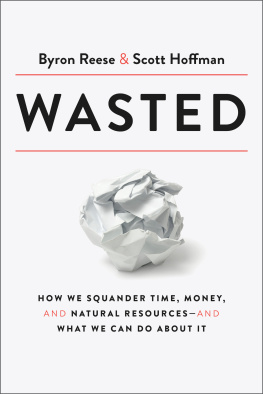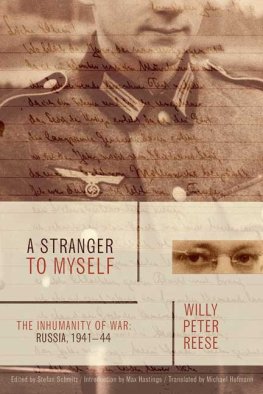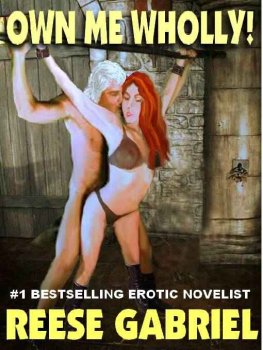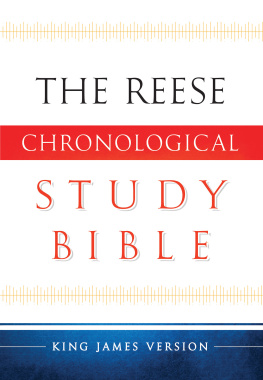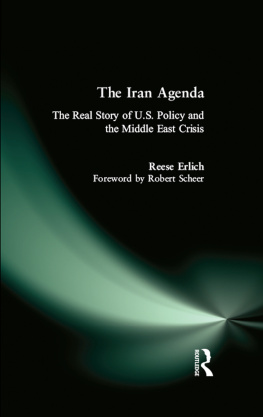Contents
Guide
Stories, Dice,
and Rocks
That Think
Also by Byron Reese
Wasted
The Fourth Age
Infinite Progress
Stories, Dice,
and Rocks
That Think
How Humans
Learned to See
the Future
and Shape It
BYRON REESE

BenBella Books, Inc.
Dallas, TX
Stories, Dice, and Rocks That Think copyright 2022 by Duneroller Publishing, LLC
All rights reserved. No part of this book may be used or reproduced in any manner whatsoever without written permission of the publisher, except in the case of brief quotations embodied in critical articles or reviews.

BenBella Books, Inc.
10440 N. Central Expressway
Suite 800
Dallas, TX 75231
benbellabooks.com
Send feedback to
BenBella is a federally registered trademark.
First E-Book Edition: August 2022
Library of Congress Control Number: 2022935037
ISBN 9781637741344 (hardcover)
ISBN 9781637741351 (electronic)
Editing by Alexa Stevenson and Gregory Brown
Copyediting by Scott Calamar
Proofreading by Lisa Story and Ashley Casteel
Indexing by WordCo
Text design and composition by PerfecType
Cover design by Pete Garceau
Cover image iStock / GuidoVrola
Special discounts for bulk sales are available. Please contact .
To Sarah, Michael, John & Peter
CONTENTS
F or the past couple of centuries, our species has been playing an existential game of Mad Libs, trying to fill in the blank on what seems like a pretty straightforward sentence: Humans are the only creatures that ____________. Weve tried makes tools, uses language, is conscious, controls fire, has culture, reasons, and (per Mark Twain) blushes, or needs to. But each time a new answer to the question of what makes us unique is offered, it is immediately pounced on by naysayers eager to disprove it and to show that there really isnt anything that special about us at allthat we are just another animal.
But common sense tells us that simply isnt true. Clearly, we are radically different from the other creatures on this planet. Who can deny this? We are Earths preeminent life-form by such a wide margin that there isnt even a distant second. Look around. Where are the Bronze Age beavers? The Iron Age iguanas? Or the preindustrial prairie dogs? Have you ever met a penguin poet? Pheasant philosopher? Or platypus playwright? No, because they dont exist. Our planet is populated by just two types of creatures: us and a giant menagerie of beings so unlike us that the tiniest overlap is cause for curious wonder.
Im not down on animals. Without a doubt, they feel pain as we do; their suffering is as real as ours, and because they can suffer, they should be given legal protections. Further, Im not arguing that they dont have emotions or even that they are not conscious. Perhaps they are. Im solely interested in animal cognition, which I do believe is entirely different from human cognition. In that difference lies the answer to the perplexing question posed above: If humans and animals are the same sort of thing, differing only by degrees, why is our outcome so dramatically different from theirs?
Obviously, its not our bodies that give us preeminence. We have animal bodies. Good ones, to be sure, with unusually long life spans and an amazing ability to repair themselves, but that isnt what distinguishes us. Its our minds. Something about them makes us so different from animals that we are almost aliens by comparison. I think its this: We are endowed with a temporal mental plasticity that enables our minds to roam freely through time, untethered from the here and now. Our thoughts flow effortlessly from the present to the past to the future. We can remember what happened yesterday and use it to speculate on what might happen tomorrow; we can recall our childhood and contemplate our old age. We can imagine many different futures, predict what will likely happen, and try to exercise control over it. We are the architects of our tomorrows, the shapers of our destinies. No other creature on Earth even knows that there is a future, or a past for that matter; instinctual behavior aside, animals live outside of time. But this knowledge of ours comes at a price, for it reveals our mortality. As essayist Jorge Luis Borges put it, Except for man, all creatures are immortal, for they are ignorant of death.
There was a time when creatures that looked like us were animals, and they, too, didnt know there was a future or a past. How did we get from there to a point where we could think about the future; influence it; and, finally, perhaps master it? This book tells the story, in three acts, of how our species learned to escape the perpetual present. Act I is how we developed the cognitive ability to mentally time travel. It starts far in the distant past, millennia ago, and explores how we acquired language as a mental construct, which gave us the capacity for thought, which we only later began externalizing in a spoken form in order to communicate with others. That mental language became the voice in our head, one that we used to imagine stories about possible immediate futuresrunning different scenarios in our minds of the ways that events could unfold. Later, we started externalizing those as well, telling stories to each other. We were storythinkers before we became storytellers.
The thing that transformed usthe radioactive spider that bit uswas something so rare and so serendipitous that it evidently has never happened to any other creature. Thats why there are no Bronze Age beavers. When we got our mental superpowers, fifty thousand or so years ago, we became fully us, with our language, art, music, and all the rest. With this range of new abilities, we were able to draw upon the past to imagine multiple futures and predict which of them would happen. This gave us mastery of the planet in an evolutionary blink of an eye. With it, we invented agriculture, created cities, devised writing systems, divided into nations, and explored the world.
But we wanted more. We wanted to systematize prediction, turning it from an art to a science. We accomplished this. But doing so required a new understanding of the nature of reality, of why the future unfolds the way it does. Thats the story told in Act II, which begins in 1654 in France, when two mathematicians trading correspondence invented what we now call probability theory. With it, we had a science for seeing into the future, and we used it to build the modern world. It became the cornerstone of a dozen sciences, from mundane meteorology to exotic quantum physics. Sociologists used it to create demography, while biologists used it to pioneer medical research. It became the basis of our financial system, the insurance industry, the capital markets, and, well, the entire world economy. All commerce was based on it, on using probability to predict everything from inventory levels to consumer demand. Virtually all of the modern world, in all its complexity, sits atop that science of seeing the future.
Three centuries passed between creating the science of probability and hitting a biological limit of what our intellects, as amazing as they are, could accomplish with it. So we began building machines that could employ the science far better than we could. The curtain closes on Act II in 1954, as we booted up the first all-transistor computer.
Next page
